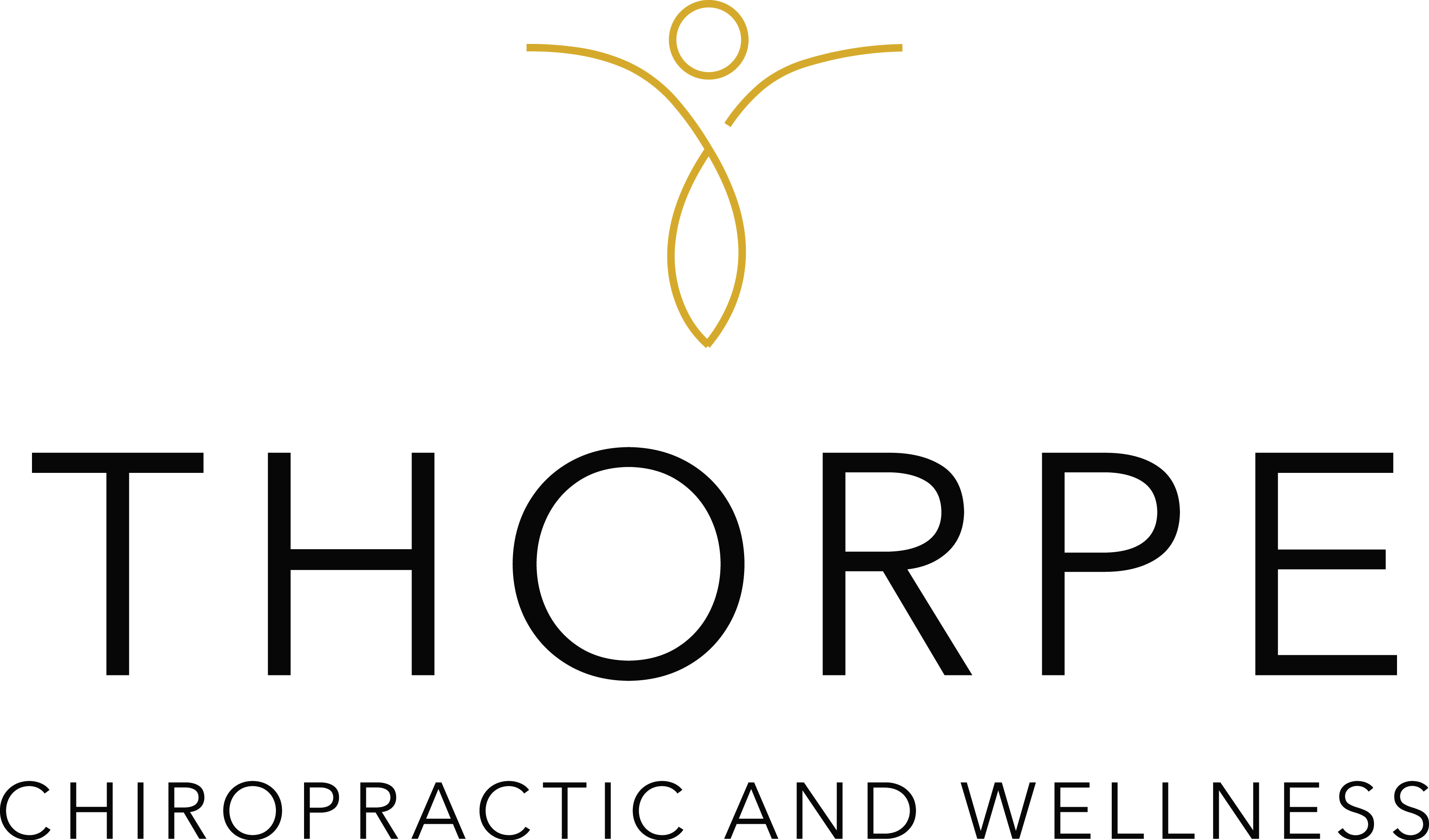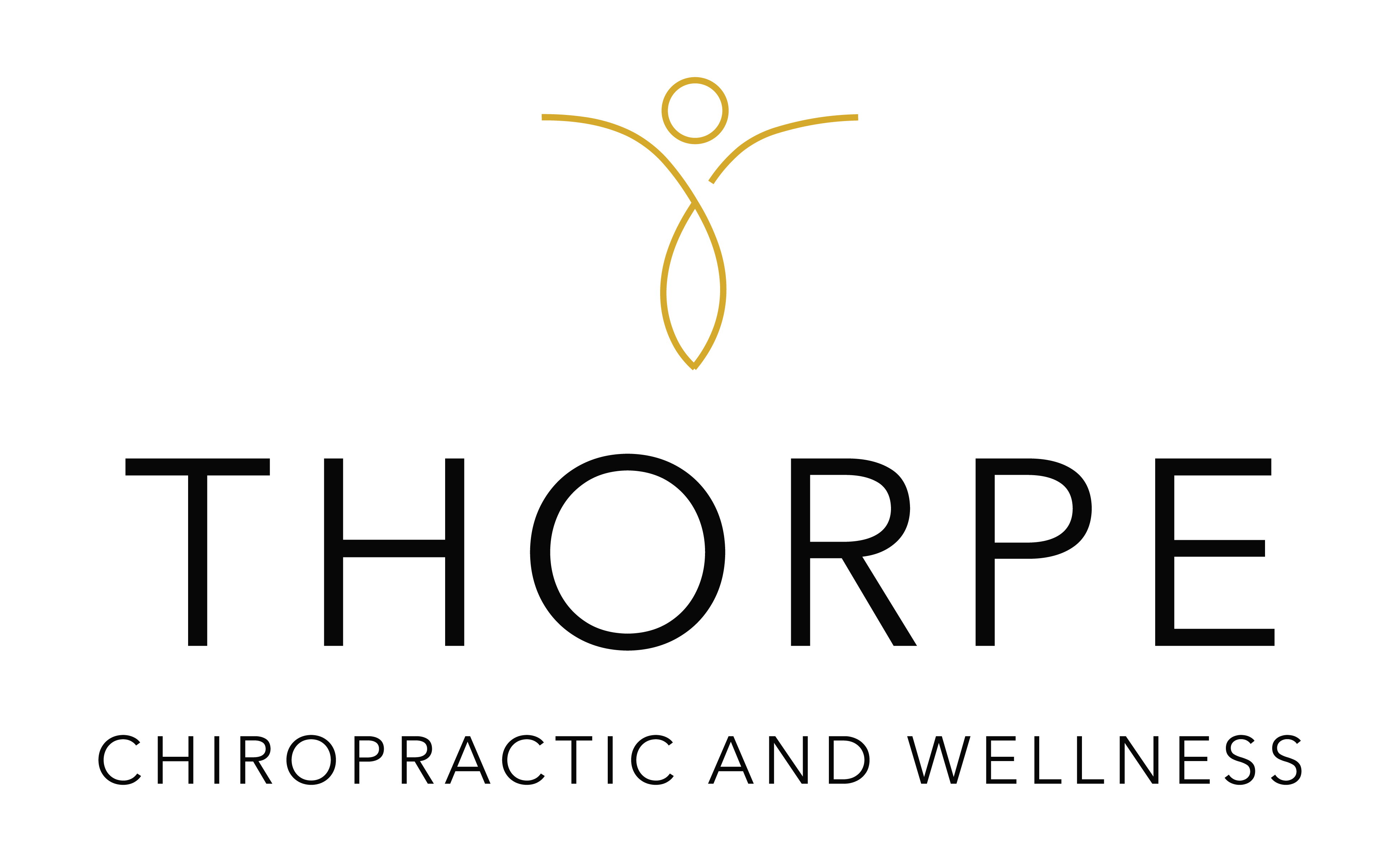04 May Electrical Muscle Stimulation: What It Is & Why You Might Need It

Could electrical muscle stimulation help relieve your muscle pain?
You may have heard of electrical muscle stimulation, or E-stim/EMS, which is a type of therapy that simulates what happens when your muscles contract and release repeatedly in quick succession.
An effective muscle tear or muscle strain treatment, E-stim helps repair and strengthen muscle and tissue faster and is especially popular among long-distance runners and other athletes seeking muscle stimulators or effective sports recovery tools.
When you undergo E-stim therapy, your treatment provider will place small electrodes on your skin that have wires attached to them. Your provider will then deliver a stream of electric pulses that cause your muscles to contract and release.
You may find electrical muscle stimulation to be of particular benefit to you if one or more of the following apply.
You have a condition that weakens muscles
Electrical muscle stimulation may prove highly effective if you have a torn muscle or a condition or injury that weakens or atrophies your muscles, such as a neuromuscular disorder or a torn rotator cuff or Achilles tendon. If you have a muscle disorder that worsens over time, this type of therapy may help slow its progression
You have a muscle strain, sprain, or tendonitis
Many patients also find that electrical muscle stimulation is an effective way to treat muscle strains, sprains and tendonitis. The electrical pulses it sends through your skin can reduce nerve pain and help speed up muscle injury recovery.
When the muscles in your body contract, it also promotes blood flow to the area, which helps pulled muscles and other muscle injuries heal faster.
You are an endurance athlete
Running or biking long distances places a hefty strain on your body. Most endurance athletes subject their bodies and muscles to considerable pressure and stress. EMS increases circulation in some of the areas subjected to heavy pressure and can help relieve muscle soreness and tension.
You are recovering from surgery
Electrical muscle stimulation can also help with muscle recovery and retraining following an orthopedic surgery or similar procedure. After an operation, you may not be able to contract and release your muscles in the way you typically would. E-stim makes them contract and release involuntarily, which can help “retrain” your muscles to do the work themselves.
While electrical muscle stimulation may serve you well if any of the above applies, in truth, everyone has the potential to benefit from this type of therapy.
A growing body of research suggests that EMS offers numerous health and wellness benefits ranging from enhanced blood flow and improved muscle strength to a reduction in pain levels and overall discomfort.
Click here to learn more or schedule an appointment.
You may have heard of electrical muscle stimulation, or E-stim/EMS, which is a type of therapy that simulates what happens when your muscles contract and release repeatedly in quick succession.
An effective muscle tear or muscle strain treatment, E-stim helps repair and strengthen muscle and tissue faster and is especially popular among long-distance runners and other athletes seeking muscle stimulators or effective sports recovery tools.
When you undergo E-stim therapy, your treatment provider will place small electrodes on your skin that have wires attached to them. Your provider will then deliver a stream of electric pulses that cause your muscles to contract and release.
You may find electrical muscle stimulation to be of particular benefit to you if one or more of the following apply.
You have a condition that weakens muscles
Electrical muscle stimulation may prove highly effective if you have a torn muscle or a condition or injury that weakens or atrophies your muscles, such as a neuromuscular disorder or a torn rotator cuff or Achilles tendon. If you have a muscle disorder that worsens over time, this type of therapy may help slow its progression
You have a muscle strain, sprain, or tendonitis
Many patients also find that electrical muscle stimulation is an effective way to treat muscle strains, sprains and tendonitis. The electrical pulses it sends through your skin can reduce nerve pain and help speed up muscle injury recovery.
When the muscles in your body contract, it also promotes blood flow to the area, which helps pulled muscles and other muscle injuries heal faster.
You are an endurance athlete
Running or biking long distances places a hefty strain on your body. Most endurance athletes subject their bodies and muscles to considerable pressure and stress. EMS increases circulation in some of the areas subjected to heavy pressure and can help relieve muscle soreness and tension.
You are recovering from surgery
Electrical muscle stimulation can also help with muscle recovery and retraining following an orthopedic surgery or similar procedure. After an operation, you may not be able to contract and release your muscles in the way you typically would. E-stim makes them contract and release involuntarily, which can help “retrain” your muscles to do the work themselves.
While electrical muscle stimulation may serve you well if any of the above applies, in truth, everyone has the potential to benefit from this type of therapy.
A growing body of research suggests that EMS offers numerous health and wellness benefits ranging from enhanced blood flow and improved muscle strength to a reduction in pain levels and overall discomfort.
Click here to learn more or schedule an appointment.
When you suffer from serious back, neck or other pain due to a car crash, sports or work injury, poor posture or something else, you have options as far as how you treat it.
Manual therapy is a fast-growing alternative to pain medications, surgery and other potential treatment options for acute or chronic pain, and it relies on hands-on techniques, rather than devices or machines, to help ease pain.
When you undergo manual therapy, your treatment provider will use skilled hand movements to perform soft tissue work or encourage the mobilization and manipulation of your joints.
The soft tissue work involves applying pressure to your muscles and other soft tissues, while the mobilization and manipulation of your joints involves twisting or helping them into their intended positions.
Many patients who experience acute or chronic back, joint or muscle pain cite the following reasons for trying manual therapy.
1. It leads to enhanced range of motion
Manual therapy is an effective form of joint pain relief because it boosts flexibility and improves the range of motion for stiff joints or muscles. The process involves manipulating joints and soft tissues in a particular manner to enhance their elasticity and may improve outcomes if stretching fails to produce the desired results.
2. It reduces inflammation
Many different factors can lead to inflammation (swelling), redness or pain within the body that often develops due to an injury or infection. Stress, diet, sleep, family history and environmental factors are just a few of the variables that can cause inflammation.
Manual therapy helps fight inflammation by boosting your range of motion and encouraging better blood flow.
3. It helps relieve body aches and pains
Manual therapy uses a hands-on, rather than a surgical or medicinal, approach to combating pain and relieving body aches. Many patients with musculoskeletal disorders find that their pain levels dissipate substantially when they undergo this type of physical therapy.
4. It alleviates symptoms associated with piriformis syndrome
If you suffer from piriformis syndrome, you may experience ongoing pain that starts in your glutes and then travels down your legs. This condition typically results from the piriformis muscles in your behind applying pressure on your sciatic nerve.
Though relatively uncommon, women are more likely to experience symtoms associated with piriformis syndrome than men.
Manual therapy treatments that target this area seek to loosen and stretch the piriformis muscle to reduce pressure on the sciatic nerve, which in turn helps alleviate pain.
5. It reduces pain associated with a muscle strain
Manual therapy is also an effective means of relieving pain resulting from muscle strains. Muscle strain can develop from many different injury or lifestyle factors, and different manual therapy techniques can effectively target the root of your muscle pain to help relive it.
In many cases, spinal or musculoskeletal pain and discomfort results from a lack of mobility or a limited range of motion.
Manual therapy relies on a practitioner’s hands, rather than medications, injections or technologies, to improve flexibility, mobility and posture. This, in turn, reduces pain and inflammation, leading to faster recovery times, enhanced range of motion and better overall outcomes for patients.
Click here to learn more or schedule an appointment.




Sorry, the comment form is closed at this time.